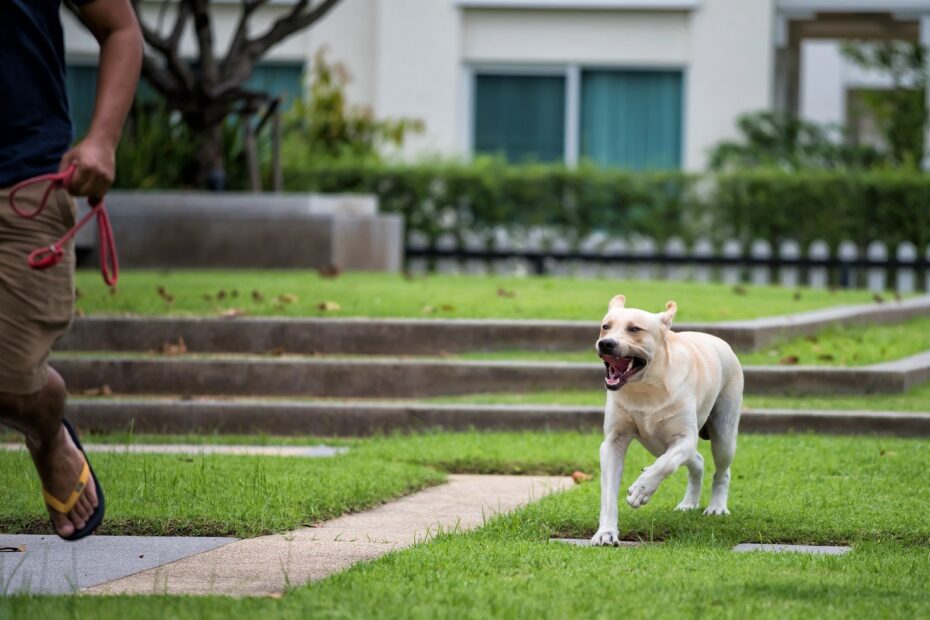If there’s one question no dog owner ever wants to ask, it’s “Why does my dog attack me?”
Let’s face it, any sign of aggression in a dog is always troubling. It’s bad enough when that aggression is reserved for members of its own species. If a dog decides to use their teeth on a person, the problem get’s even more worrying.
After all, if your dog attacks you, how can you be sure they won’t attack someone else?
Dealing with aggressive behavior when it’s kept “in the family” is challenging enough; dealing with aggressive behavior that’s directed towards friends, relatives, or even strangers is even more so. Especially when you start considering the liability issues involved.
But why exactly do they do it? And even more importantly, how do you get them to stop (if you can get them to stop at all)?
The truth is, all dogs are different. What makes one dog do what they do might be completely different from what makes another dog do the exact same thing.
Fortunately, most cases of aggression can be explained by one of just a few simple things. And if you can find out which one is playing a hand in your own dog’s case, you can start taking the necessary action to address it.
It won’t necessarily be easy, but with the right technique and plenty of consistency, very few behavioral problems can’t be improved.
Before we start looking at some of the possible reasons why your dog might be attacking you, I want to quickly introduce you to something that’s going to make all the difference to your dog’s behavior.
It’s a video training course that’s been put together by Dan Abdelnoor over at The Online Dog Trainer. (see video below)
During the video, you’ll learn 5 step-by-step calming exercises that are designed to help any dog calm down and apply some focus.
If your dog is struggling to stay in control, the exercises will teach them exactly how to become the master of their own emotions.
They aren’t complicated, they don’t require either you or your dog to be training wizards, and the results will far outweigh the few minutes each day to takes to implement them.
So before you do anything else, take a moment to watch the video below…
WATCH VIDEO: 5 Step-By-Step Calming Exercises To Stop Your Dogs Scary, Unprovoked Attacks…
(video will open in a new window)
Why Does My Dog Attack Me?
If you want to stop your dog from attacking you, the first thing you’ll need to do is figure out why they’re doing it in the first place.
Take some time to assess the circumstances around the attacks. Ask yourself:
- Is it only you that your dog attacks or have they acted aggressively to anyone else?
- Is it a long-standing problem, or does it seem to have arisen out of the blue?
- Have you noticed any signs of illness or confusion?
- Do they tend to only become aggressive around food or toys?
It may take a little detective work, but the more you can uncover about the reasoning behind your dog’s behavior, the better chance you have of finding an appropriate solution.
Once you’ve gathered all your intel, take a look at some of these common explanations. Do any strike a chord?
Illness or Injury
While most cases of aggression are behavioral, occasionally, the problem can be rooted in a medical issue instead.
If your dog has suddenly started attacking you out of the blue, it could be a sign of injury, disease, or illness.
Arthritis, tumors, internal injuries, bone fractures, cognitive dysfunction, and various other conditions can all cause major discomfort and stress, resulting in even a normally placid dog lashing out.
Although these kinds of problems occur most often in older dogs, they can happen at any age.
Possessiveness
Possessiveness (or resource guarding, as it’s sometimes called) is an all too common problem in dogs.
Toys, food, people… whatever it is, if a dog decides it’s valuable, they’ll go to any lengths to protect it.
If your dog attacks you whenever you approach them eating or playing with a toy, they might think you’re about to take their precious possession away from them.
Even if you’ve got no intention of doing anything of the kind, it won’t stop them from baring their teeth to make sure you don’t.
Fear
Believe it or not, one of the most common causes of aggression is fear.
If a dog feels they’re in danger or under threat, they’ll usually try to escape. If they can’t, they’ll resort to aggression in an attempt to defend themselves.
Although any dog can exhibit fear-based aggression, it’s most common in rescue dogs that have experienced abuse or neglect in the past. Or who haven’t been properly socialized as puppies.
Related Post: How To Calm An Aggressive Dog – Simple Tips For Aggressive Behavior
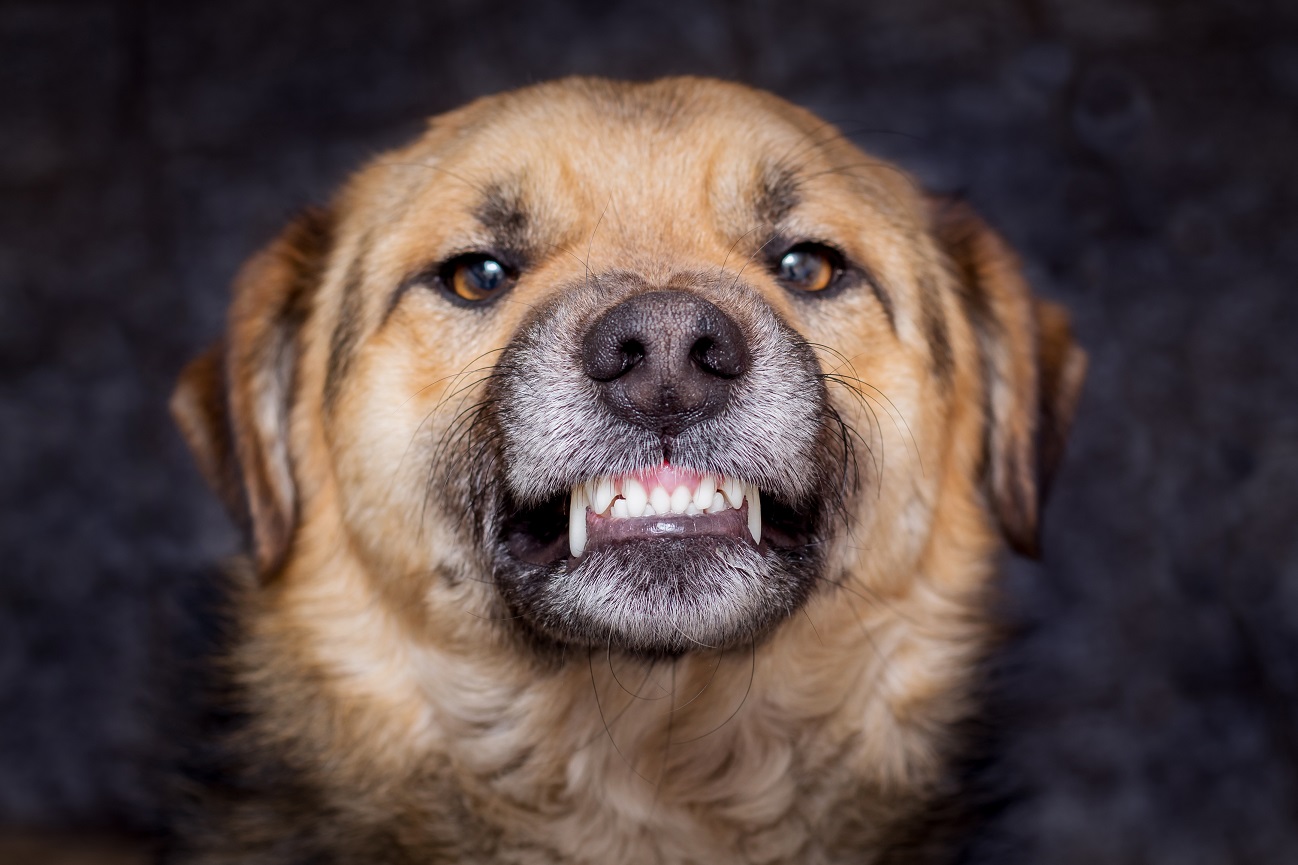
Dominance
Usually, dogs reserve their displays of dominance for other dogs. But that’s not guaranteed. In some cases, they’ll be just as inclined to show you who’s boss as any other dogs in the house.
It’s worth noting that dogs aren’t dominant or submissive by nature. Dominant behavior is exactly that: a behavior. A dog who growls, snaps, or bites will only do so because they feel their position is in question.
In other words, the behavior is guided by circumstances rather than a personality trait.
Redirected Frustration
Redirected frustration happens when a dog gets frustrated at not being able to get to something it wants and takes out its frustration on the nearest person to hand.
It’s most common in dogs that spend a lot of time leashed or looking out at the world behind a chain-link fence.
Say, for example, your dog spends most of their day in the yard desperately trying to get at the dog in a neighboring yard. As the frustration of not being able to get to the other dog grows, they become more and more agitated.
If you approach them while they’re in that state of agitation, they may turn their frustration onto you and attack.
Provocation
Sometimes, we need to look a little closer to home to determine the reason for our dog’s actions.
Even if you don’t realize it, you might unwittingly be provoking your dog’s behavior through your own.
Ultimately, dogs aren’t people. They might be man’s best friend, but they aren’t men. They don’t think the same, they don’t act the same, and they certainly don’t interpret human behavior in the same way.
You might think that pulling their toy away from them and running around the room with it is a game. Your dog might beg to differ.
Wafting that tasty piece of hamburger in front of their face then pulling it back at the last minute? You might know you’ll be giving it to them in the end, but they don’t. To them, it’s provocation, pure and simple.
We all like playing with our dogs, and dogs like playing with us. Just remember that our idea of playing sometimes isn’t the same as theirs. If there’s a clash in understanding, all that laughter can very quickly turn into tears.
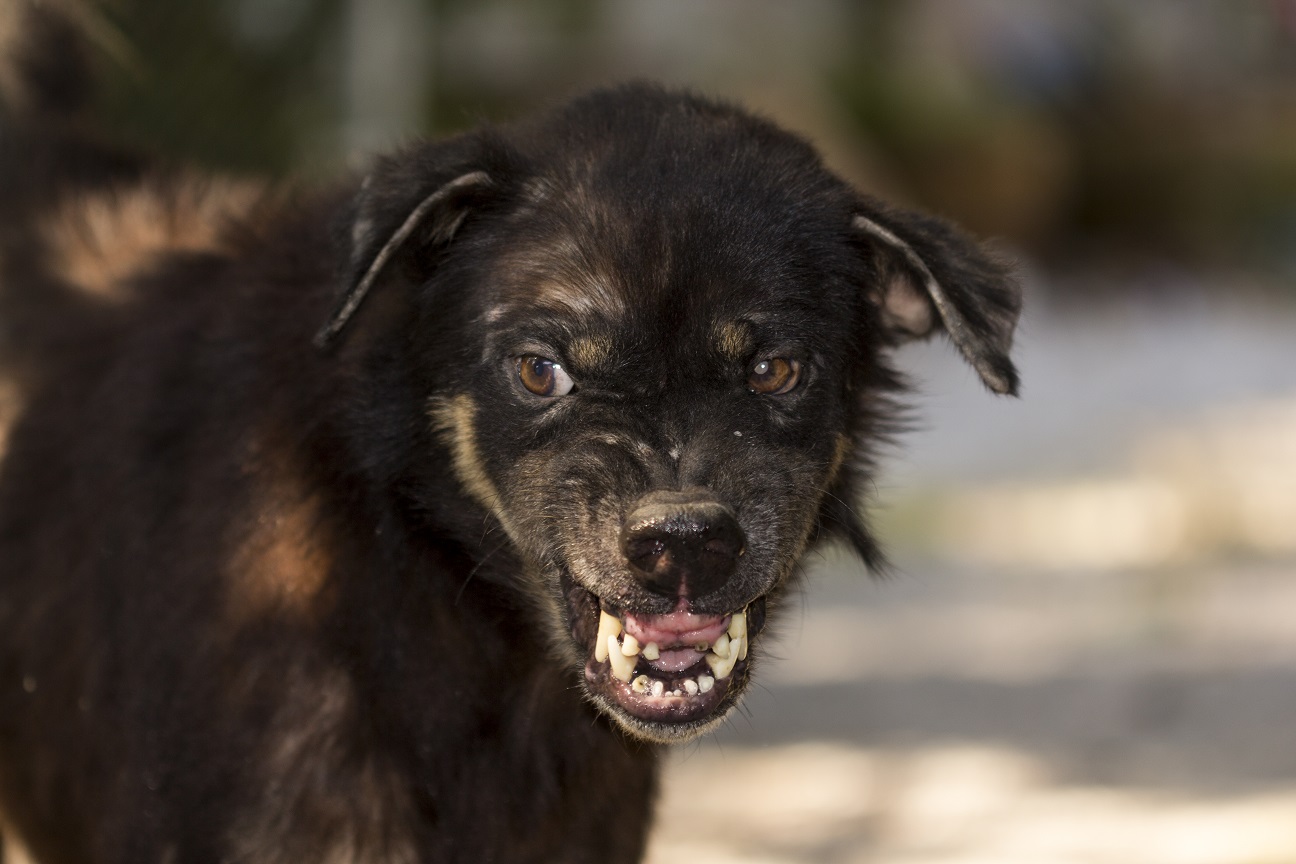
How to Stop Your Dog’s Unprovoked Attacks
There’s no question that being attacked by a dog, whether your own or anyone else’s, is a frightening experience.
But don’t let your panic blind you to what could be a very treatable and manageable problem.
Understanding why your dog attacks and what you can do to stop it isn’t necessarily going to be the easiest task you’ve ever faced.
To get to the root of the problem, you may have to put yourself in your dog’s shoes and start seeing the world through their eyes. If you can do that, what seems unexplainable to you at the moment may rapidly start making sense.
Once it does, you’ll have a much easier time moving forward in a positive way.
While you’re working on figuring out the problem, there’s one thing you can start doing straight away.
Remember those 5 step-by-step calming exercises I mentioned a little earlier? If you can start introducing the exercises into your routine now, you’ll already be one step ahead of the game.
After all, a calmer, more controlled dog is one that’s less inclined to let their frustrations, anxieties, and instincts take control.
If you can combine the exercises with the following strategies, you should soon start noticing a change for the better.
Figure Out The Root Cause
Some solutions will help regardless of the cause of the problem. And anything that results in a calmer, more controlled dog is only going to help.
But when we start moving into areas that involve behavioral modification techniques (more on which coming up), it’s crucial to understand exactly what you’re dealing with.
A dog that attacks from fear, for example, is going to need a different kind of approach to one that attacks out of possessiveness.
Take a step back to try and understand the context of your dog’s behavior.
Think about when they attack, whether they give any warning signs beforehand (baring their teeth, adopting a rigid posture, growling, etc.). Who else is usually around when it happens, and anything else that could help pinpoint the cause.
It’s also worth considering their history. If they’re a rescue dog with a vague past, it could be that they’ve suffered abuse or neglect that’s now making itself known in anxiety and aggression.
The more pieces of the puzzle you can fit together, the clearer the overall picture will become.
Rule Out Any Medical Concerns
If your dog has always been friendly and placid up until this point, get them checked out by a vet before anything else.
Injuries, cognitive problems, and disease can often make a dog lash out in fear and pain, as can stiff limbs and mobility problems.
Be sure to make a note of any other behavioral or physical changes you’ve noticed in your dog (lethargy, exercise fatigue, disorientation, appetite changes, etc.) to help your vet reach a diagnosis.
If your vet isn’t able to discover a physical complaint but feels that anxiety is contributing to the behavior. They may recommend a short-term anti-anxiety treatment while you work on tackling the long-term problem with behavioral modification and training.
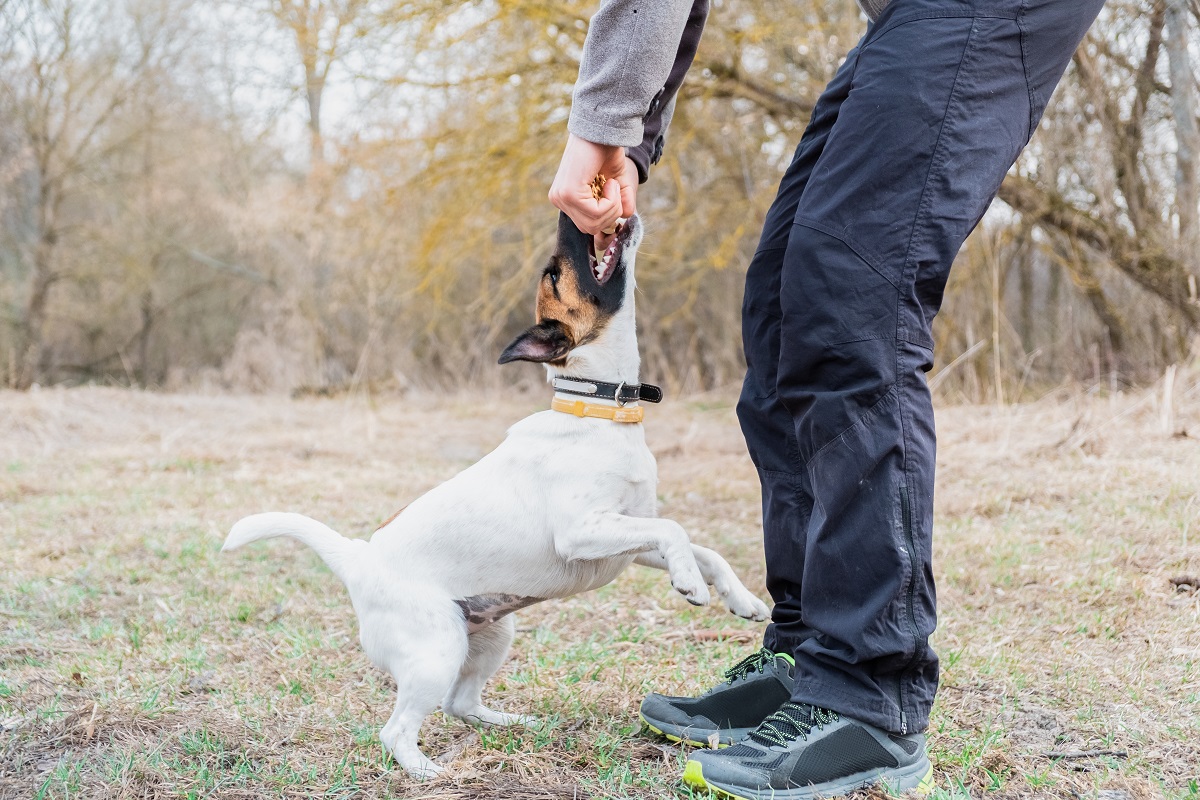
Keep Calm
While the 5 step-by-step calming exercises will do a great job of helping your dog keep calm, it’s also worth figuring out how to introduce some zen into your own life.
Let’s face it, we’re all human, and we all lose our cool sometimes. The problem is, reacting to your dog’s behavior by yelling, scolding, or even lashing out physically will only make a bad situation even worse.
Responding to your dog’s aggression with a dose of your own will simply intensify the behavior.
Hard though it is, stay calm. The better example you set, the better it will be for everyone.
Spot the Signs
Dogs rarely attack without giving a warning first. If you can learn to spot the tell-tale signs that something’s not right, you can act before it escalates.
If your dog feels threatened, anxious, or otherwise unhappy, they’ll show their emotion in their body language. If you notice a…
- Tense, stiff posture
- Pulsating tail
- Wrinkled muzzle and bared teeth
- Fixed stare
…Then it’s time to stop whatever it is you’re doing and dial down the tension.
Resist the temptation to reach out and soothe your pet: the last thing they need at the moment is to see a hand coming towards them. Equally, don’t let your own tension show. Instead, keep a calm, relaxed posture and an even tone of voice.
If they’re eating or playing with a toy when it happens, leave them be. If they’re showing any signs of resource guarding, removing the resource at this point will only make matters worse.
Try Some Behavior Modification
Behavioral modification techniques are designed to change how a dog responds to certain situations and stimuli.
Although you’ll be the one to lead the training, it’s often a good idea to draw in professional help to structure and tailor the program to your dog’s exact needs. Particularly if you’re relatively inexperienced in dog training.
The type of program you use will depend on what makes your dog attack.
For instance, if they become aggressive around food, the training might start with you placing a treat in their bowl so they learn to develop positive associations with people being around their food.
Regardless of what form the program takes, don’t rush it. Although it’s only natural to want to see immediate results, behavior modification is a process, not an overnight fix.
Make Time to Socialise
A dog that hasn’t been properly socialized is one that’s more inclined to show troublesome behavior than one that has.
Typically, puppies are easier to socialize than adults. But don’t despair if your dog’s blown out more than just a couple of birthday candles: it’s never too late to learn some new tricks.
Gently and carefully introducing your dog to a range of novel situations can help them feel safer and more secure around different sights, people, sounds, situations, other animals, and a whole lot more besides.
Just remember to work at your dog’s pace to avoid the risk of sensory overload.
Related Post: How To Socialize An Aggressive Dog – A Step By Step Guide
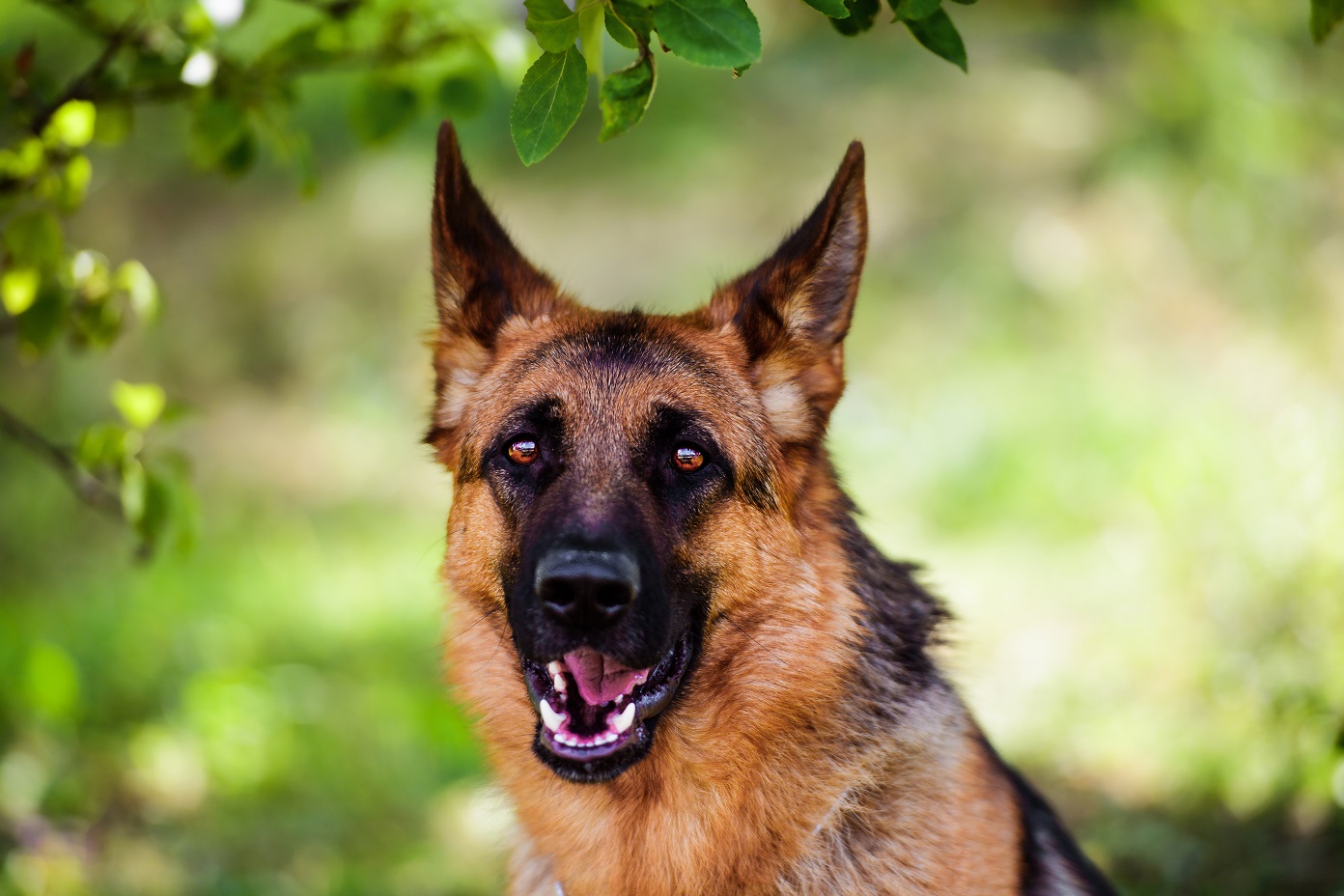
Final Thoughts
There’s no question that being attacked by a dog can be hugely frightening. When it’s your own dog that’s doing the attacking, it can be especially daunting.
Ultimately, no one wants to live with a dog that’s prone to sinking its teeth into them. Fortunately, this isn’t a problem you just have to learn to live with.
Very, very few dogs are aggressive by nature. Aggression is a behavior, not a personality trait. And as a behavior, it’s something you can address and change.
It’s not necessarily going to be the quickest and easiest process in the world, but that doesn’t mean it’s not manageable.
Adopt the right strategy of training, socialization, and behavioral modification, and you should soon notice a big change for the better.
